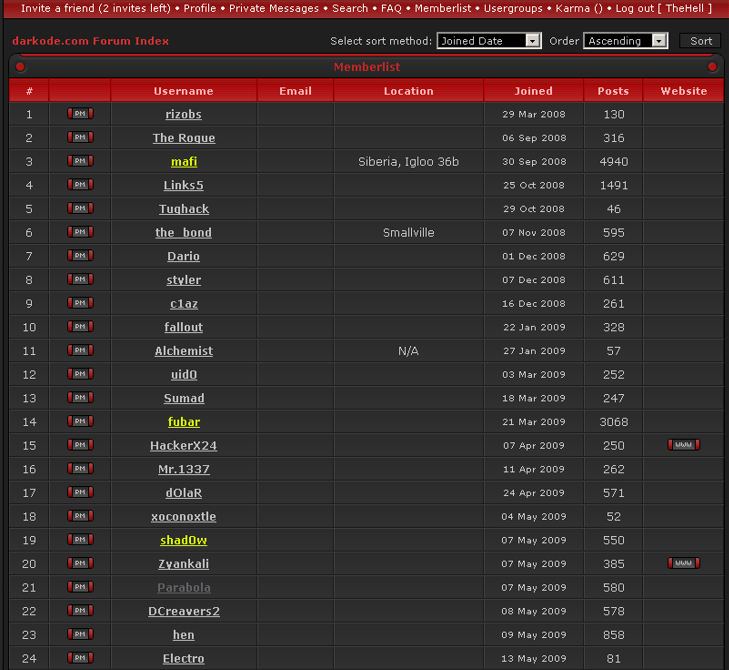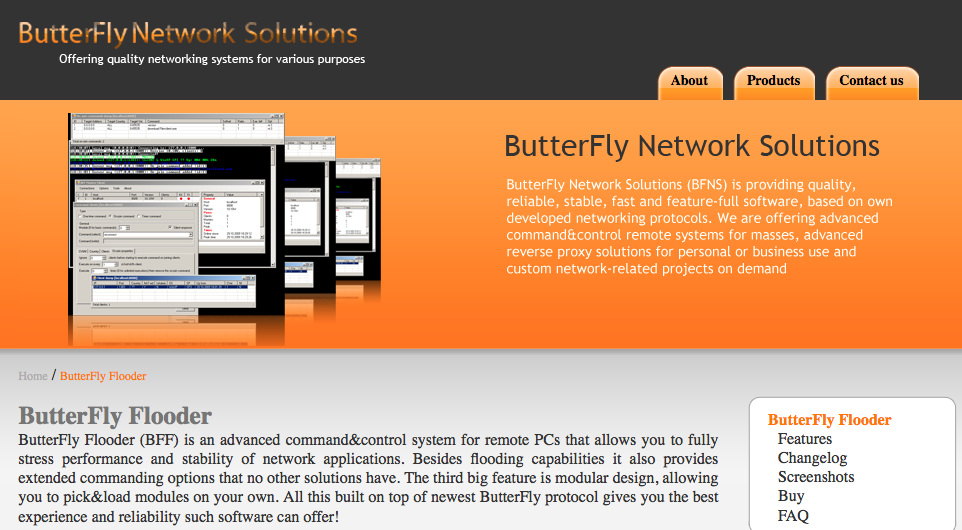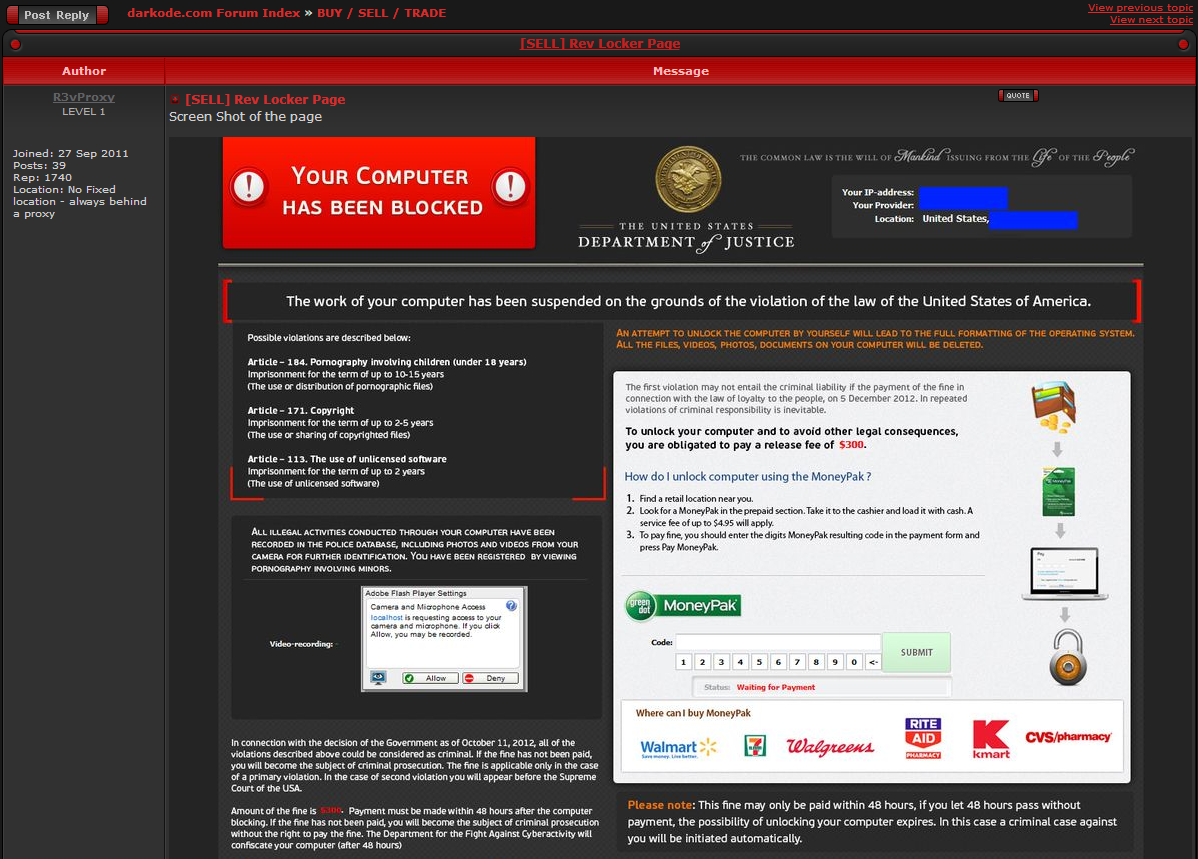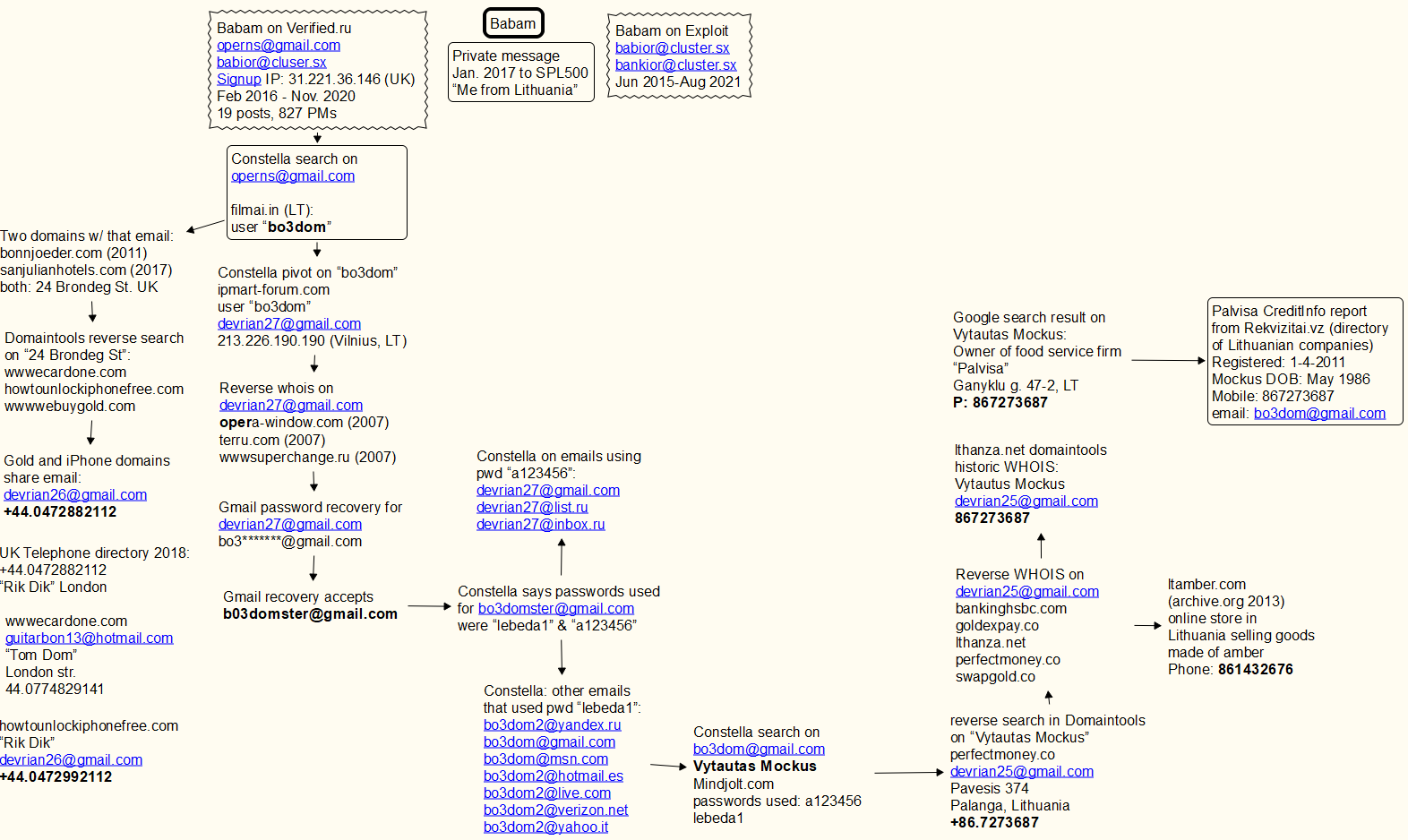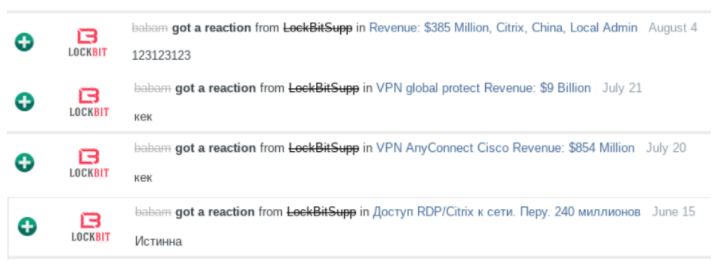Mid-Century Modern Furniture For Kids’ Room
Mid-century modern (MCM) style has always fascinated people worldwide. This is probably because of its unique functionality, combined with simple shapes and neat design details. As for kids’ rooms, there are plenty of options to decorate them in this unique style. All you need is to choose the right furniture pieces.
There are plenty of great mid-century modern options on the market, but we suggest going for pieces that are both stylish and functional. We have picked out some of our favorite pieces to help you create a stylish and comfortable kids’ room.
The best kids’ mid-century furniture
There are many of the fantastic mid-century modern kids’ furniture available on the market. We have compiled a list of the best pieces to help you get started.
Kids’ mid century chair
One of our favorite pieces of furniture for kids’ rooms is the mid-century modern chair. These chairs for kids come in various shapes and sizes, but they all have one common feature – simplicity. This makes them perfect for any type of room, and they will easily complement the overall design.
IKARE Wooden Natural Baby High Chair
If you are looking for a stylish and functional high chair, we suggest going for the IKARE Wooden Natural Baby High Chair. This chair is perfect for kids aged 6 months and up, and it features a beautiful mid-century modern design. It is made of natural wood, which makes it both sturdy and stylish, and it will easily blend in with any room decor.
This mid-century modern high chair is designed to match right up to your dining table so that your infant may eat, play with toys, learn, and grow alongside you. Because the footplate is height-adjustable and the food tray can be removed, you may adjust the high chair when your child grows. This high chair includes a full-size high chair, a booster seat, and a toddler chair in one! With three must-have baby seats in one, this high chair has it all!
IKARE Wooden Natural Baby High Chair is constructed of beech hardwood that is durable, shock-absorbent, and shock-resistant. It includes a PP seat design that helps to enhance comfort and fatigue resistance. Comfort, balance, and ergonomics are all improved by solid construction. Your baby’s safety is most important, after all! The chair includes a 5-point safety harness system with shoulder pads and a crotch strap to offer the safest seating for your child.
KidKraft Mid-Century Kid Upholstered Reading Chair & Ottoman with Storage
Another great piece that we suggest for your kid’s room is the KidKraft Mid-Century Kid Upholstered Reading Chair and Ottoman with Storage. This kids’ reading chair features a vintage mid-century classic style, and it will quickly bring some class to your kids’ room decor. It is also very comfortable, which means that your child will be able to relax and read in style.
The chair also comes with an ottoman, which can be used as a storage unit. This is a great feature, as it will help you keep the room neat and organized. The ottoman is also very comfortable, and it will be perfect for your child to relax on.
The KidKraft Mid-Century Kid Upholstered Reading Chair and Ottoman with Storage is made of wood, making it both strong and durable. The chair is upholstered in a soft fabric, which will make it very comfortable for your child.
DIAOD Mid-Century Modern Footstool
This adorable little footstool is perfect for any kids’ room. It features a mid-century modern design, easily matching most room decor styles. It is also very comfortable, which means that your child will love to use it while playing or watching TV.
This footstool is made of plywood and fabric, so it is both lightweight and sturdy. It is effortless to move around, but it won’t be easily tipped over. The DIAOD Mid-Century Modern Footstool comes in a variety of stylish colors, so you will surely find one that matches your child’s room decor.
Christopher Knight Home Evelyn Mid Century Modern Fabric Arm Chair
With its beautiful vintage design, this armchair is a must-have for fans of the classic style. This comfy choice boasts four sturdy walnut legs, adding to the appeal of this elegant chair. The easy-to-clean fabric is perfect for busy households, and the high-density foam provides hours of relaxation.
The Evelyn Mid Century Modern Fabric Arm Chair would look great in any room and would make a perfect place for your child to relax with a good book or watch TV. The chair is also very comfortable, so your child will be able to enjoy it for hours on end.
KidKraft Mid-Century Kid Wooden Corner Reading Nook
This KidKraft Mid-Century Kid Wooden Corner Reading Nook is perfect for any kid who loves to read. It features an adorable design with adjustable shelves, making it easy to customize the nook according to your child’s needs.
Your child will love spending their time in this corner reading nook! The high back and soft cushions will make it a very comfortable place to relax. The nook is also very spacious, so your child will have plenty of room to spread out.
The product is very versatile, as it would work perfectly in any bedroom. It will help to keep your child’s room organized and neat.
AOKAEII High Back Rocker Chair & Ottoman
A staple piece in a nursery! This chair is perfect for mothers and fathers to read to their children, nurse them or just spend some quality time together. The AOKAEII High Back Rocker Chair & Ottoman is a stylish and comfortable choice that easily complements any nursery decor.
The sturdy solid rubberwood base construction gives stability when rocking. When you sit down, you feel as if you’re lying down naturally. The glider rocker has a footrest, which adds to the chair’s stability. This chair can bear up to 300 pounds.
The AOKAEII High Back Rocker Chair & Ottoman are made of the best quality materials: the 40-density high-elastic sponge is thicker and more resilient than other sponges. It’s worn with soft, high-quality linen fabrics that are both delicate and robust. It has a cushiony, wear-resistant feel and is skin-friendly and easy to maintain.
Kids’ activity tables and desks in mid-century modern style
If your kid loves to draw, color, and do other types of arts & crafts activities, a kids’ activity table is an essential piece of furniture. A good activity table should be very sturdy and durable so that it can withstand hours of use.
Milliard Kids Mid Century Modern Table and Chair Set Wooden with Storage Baskets
This great kids’ activity table is a fantastic choice for home and school use. It boasts two large storage baskets, which will help to keep your child’s room neat and organized at all times.
This table and chairs set are ideal for coloring, tea parties, car races, and so much more because it is the perfect size for young ones. This collection boasts a white and brown mid-century modern design that is appropriate in any house room.
The sturdy construction of this activity table, which is made out of Pine and MDF wood, makes it ideal for children to use. The table and chairs have been subjected to independent tests by an independent consumer organization for strength and safety.
Wildkin Kids Modern Study Desk with Storage and Stool
With Wildkin’s children’s desk and chair set, cater to your child’s creative side! This kids’ table and chair set is sized just right for small children looking for somewhere to let their imaginations run wild. This sturdy and sleek design makes this a great addition to bedrooms, playrooms, or living rooms.
Wildkin’s table and chairs for little ones include a storage area beneath for the child’s books, pencils, and other supplies. The desk table’s stain-resistant melamine top and tough natural wood legs guarantee that Wildkin’s desk for kids with storage and desk stool set will withstand any little artist. This desk and stool’s classic, timeless solid wood legs are both durable and safe for the kids.
Mid-century modern storage solutions for kids
Finally, we suggest that you don’t forget about toys and storage solutions. For example, an elegant wooden toy box with a sleek design would be a great option. This way, you can keep all of your precious items organized while providing an attractive storage unit for your children’s toys at the same time.
KidKraft Mid-Century Kid Bin Storage Unit
Storage units in mid-century modern style are surprisingly challenging to find. That’s why we were so happy to discover this stylish bin storage unit by KidKraft. It can be used in any part of the house, but it is ideal for bedrooms and playrooms.
The KidKraft Mid-Century Kid Bin Storage Unit is made of sturdy wood construction and a beautiful white and grey finish. It has two large bins that are perfect for storing toys, clothes, books, and other items. The bins are also removable so that they can be easily cleaned. The top of this storage unit features two open regions ideal for storing toys you want to be easily accessible.
The popular mid-century modern design style is represented by the clean lines, rounded feet, and geometric pattern on the back wall. Get the toy organization you need and the style you crave with this KidKraft storage unit.
The origins of Mid-Century Modern
Mid-century modern design was born out of the cultural zeitgeist after World War II. According to James A. Bier, Ph.D., Curator at the Smithsonian’s National Museum of American History, Americans were “reflecting on what they had done…through the creation of this weapon.” As a result, many designers began to focus on new ways to improve daily life and make it more comfortable.
One of the most iconic aspects of mid-century modern design is its organic shapes and natural materials. This was a reaction against the stark, angular lines of Art Deco and the over-the-top luxury of the previous era. Mid-century designers favored simple forms and minimal ornamentation, resulting in sleek furniture that was as comfortable as it was stylish.
Mid-century modern also focused on creating designs with a sense of lightness and balance, no matter how outlandish the shapes became. According to Bier, this style “is really about removing barriers between people and objects.” Many homeowners found they could combine pieces from different manufacturers and still have a cohesive look.
Mid-century modern was not just a design style but an entire way of life. It embraced both the city and the country, emphasizing simple living with access to modern conveniences like dishwashers, TVs, and garage doors. This generation popularized vibrant colors because they wanted to bring happiness and brightness into their homes.
If you’re looking to add a touch of mid-century modern to your home, start by incorporating natural materials like wood, metal, and glass. Keep the lines simple and avoid excessive ornamentation. Colors should be light and bright, emphasizing cool neutrals and pastels. And finally, keep an eye out for furniture pieces that are sleek, streamlined, and comfortable.
Mid-century modern designs also had a certain uniformity because of the post-war mentality “Good design was democratic” stated by George Nelson in 1976. Although there was never a clearly defined set of standards for mid-century modern homes, most houses built during this era shared similar characteristics, such as large expanses of glass, open floor plans, and a connection to the outdoors.
As we move further into the 21st century, mid-century modern design is becoming more popular than ever. If you’re looking for a way to add some timeless style to your home, look no further than mid-century modern.
Is Mid-Century Modern still in style?
Yes! Mid-century modern design is more popular than ever and shows no signs of slowing down. Mid-century modern is timeless and elegant, making it an excellent choice for those who want their home to be stylish as well as functional.
Mid-century furniture designs are a massive inspiration for interior designers because of the wide range of pieces available and the simplicity of the line. Mid-century modular sofas allow many homeowners to create their dream living room with the perfect seating arrangement.
Mid-century modern also offers homeowners a wide range of design possibilities, from sleek and simple to bold and dynamic. There’s no “one size fits all” approach to mid-century decor.
Is Mid-Century Modern furniture expensive?
No! Although some mid-century modern pieces are rare or one-of-a-kind antiques, many affordable reproductions can be found in furniture stores and online. You don’t have to spend a fortune to add some mid-century style to your home.
What are the Advantages and Disadvantages of Mid-Century Modern Design?
Mid-century modern has many advantages that continue to make it popular today. First of all, the clean, modern lines are easy to maintain, making it a great choice for homeowners who want stylish furniture but don’t require much upkeep. Mid-century modern also has a classic feel to it, which never goes out of style.
Mid-century design is focused on creating sleek and functional furniture while being comfortable at the same time. This means that many of the pieces are versatile and can be used in various settings.
However, one disadvantage of mid-century modern design is that it can be difficult to find unique pieces. Since the style is so popular, many iconic designs have been reproduced multiple times. So, if you’re looking for something truly one-of-a-kind, you may have to search harder (and for a much higher price).
The post Mid-Century Modern Furniture For Kids’ Room appeared first on Comfy Bummy.












